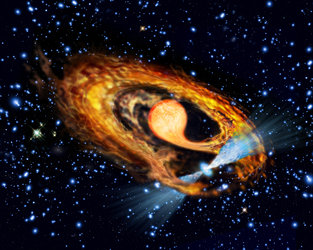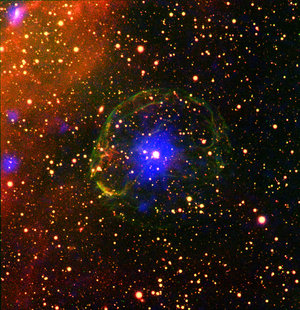

Agency
Navigating with pulsars
Navigating a spacecraft to distant locations typically requires a team of scientists and engineers using sophisticated radios, large antennas, computers, and precise timing equipment. Another method that has been explored more over the past decade is to navigate using pulsars – magnetised, swiftly rotating, dying stars that emit beams of electronic radiation out of their magnetic poles.
Millisecond pulsars – which have rotation periods of less than ten thousandths of a second – offer the most precise timing standard known. In a kind of celestial GPS, spacecraft can measure the time between receiving each pulse of radiation from three different pulsars, looking for tiny changes in the arrival times to pinpoint its location.





